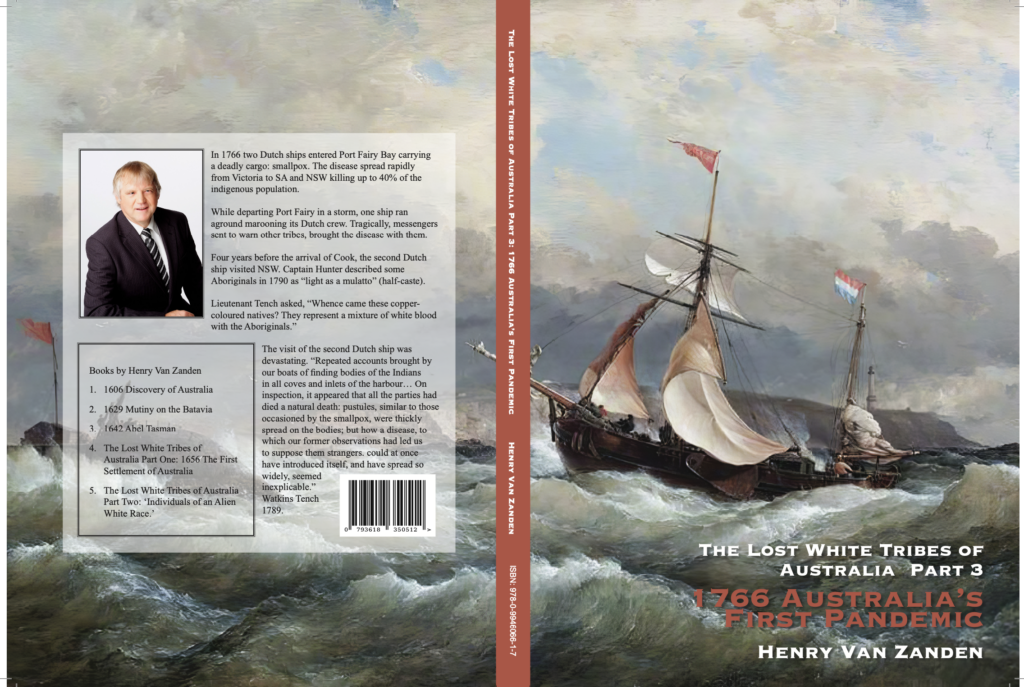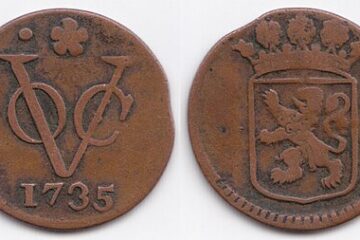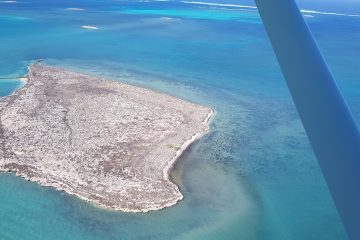After publishing ‘The Lost White Tribes of Australia‘ Part Two, the author Henry van Zanden realised that the Victorian chapters deserved a more thorough investigation and its own book dedicated entirely to the smallpox outbreak in Victoria and NSW.
In Victoria, he explored the South-western districts especially Lake Condah and stared in wonderment at the stone houses, large dams and weirs, rock walls and canals all built before the arrival of the British. He wondered if there was a possibility that these structures could have been influenced by Dutch shipwrecked sailors. There was a distinctive Dutch feel about it with the intricate canals, stone houses, weirs, eel traps and tradition of smoked eels. Dutch coins were also found in the region.
At the insistent prompting and help of some of the Warrnambool and Port Fairy residents, He researched the well documented Dutch galliot that had sunk in 1766, four years before the arrival of Cook.
In 1766 two Dutch ships entered Port Fairy Bay carrying a deadly cargo: smallpox. While attempting to depart in a storm, one ship ran aground marooning its Dutch crew. Tragically, messengers sent to warn other tribes, brought the disease with them.
According to Judy Campbell in her book, ’The Silent Invasion’, approximately 40% of the entire Aboriginal populations in Victoria, NSW, and even Queensland contracted smallpox.
She wrote, ‘Smallpox was the first and worst cause of depopulation in Victoria, and it was the second cause as well… the extinct groups on the Hopkins River… would have been its victims… Between 1780 and 1870 smallpox itself was the major single cause of Aboriginal deaths.’
Her view is confirmed by the earliest reports Europeans arriving in two ships arriving in February and October 1803. The reports both confirmed the existence of smallpox in Victoria recording Aboriginal faces deeply pitted from the effects of smallpox.
George Augustus Robinson, who was the Chief Protector of Aboriginals, mentioned an extinct group on the Hopkins River which is east of Warrnambool.
’They died about the time the first white man came. They were not killed by whites but died from disease.’
According to the historian Jan Critchett, the chief locations of the smallpox was close to Port Fairy at Moyne Lagoon and on the sand. The Moyne Lagoon is exactly opposite the location of the Dutch shipwreck and the most likely landing place.
What happened to the second ship?
The second ship sailed to NSW stopping at Georges River, Balmoral Beach, and Taree where a European skull was found that was dated before the arrival of the British.
It’s interesting to read what the British historian, James Bennett wrote in 1865.
‘…the Dutch…anchored in Botany bay, and, according to their usual custom, fixed a metal plate, with suitable inscription, on a rock or tree there, to commemorate their visit; and it has also been asserted that Captain Cook, or some of his crew, finding the plate in the possession of the natives, when they landed in 1770, and being desirous or having credit of the first discovery, agreed that nothing should be said of the circumstance.’
While there is some doubt over Bennett’s claims, more credible evidence came from the British Admiralty’s Hydrographer, Alexander Dalrymple. The most significant evidence he put forth was the existence of a Dutch map by the Dutch geographer Nicolas Struyck. Dalrymple claimed to have seen a Dutch map that showed the east-coast of Australia before the arrival of Cook.
Alexander Dalrymple, wrote not long after Cook’s voyage, that “other nations could so clearly claim the right to antecedent discovery of the coastline, including the part most recently made familiar to the British public as a result of captain Cook’s voyage.’
At Balmoral Beach, (Mosman- Sydney), a Dutch VOC 1740 coin was found in the 1940s. Was it left by Dutch sailors before Cook?
Captain Hunter described some Aboriginals in 1790 as “light as a mulatto” (half-caste).
Lieutenant Tench asked, “Whence came these copper-coloured natives? They represent a mixture of white blood with the Aboriginals.”
The visit of the second Dutch ship was devastating. “Repeated accounts by our boats of finding bodies of the Indians in all coves and inlets of the harbour … On inspection, it appeared that all the parties had died a natural death: pustules, similar to those occasioned by the smallpox, were thickly spread on the bodies; but how a disease, to which our former observations had led us to suppose them strangers could at once have introduced itself, and have spread so widely, seemed inexplicable.”
Watkins Tench 1789
Source: The Lost White Tribes of Australia Part 3: 1766 Australia’s First Pandemic – 248 A4 pages.

Click here for more information.


